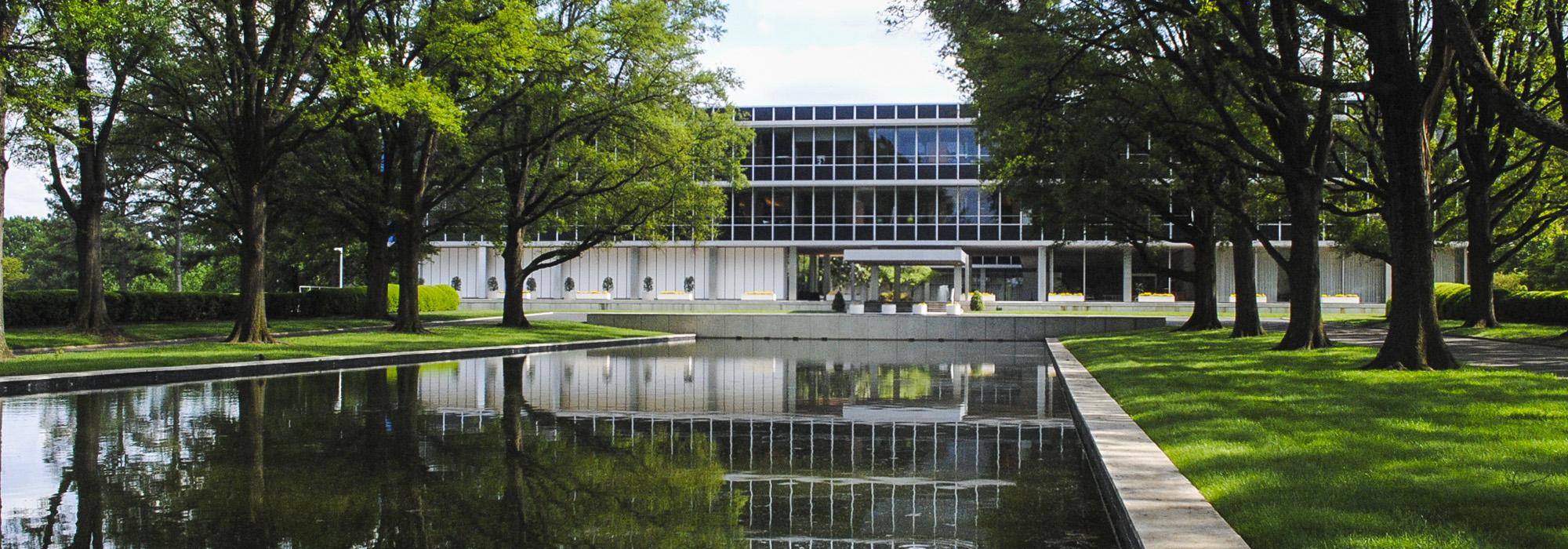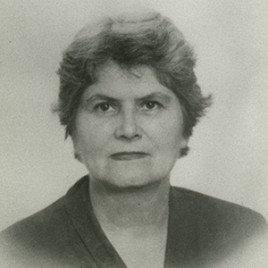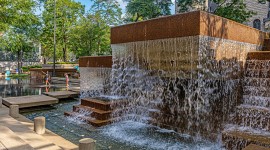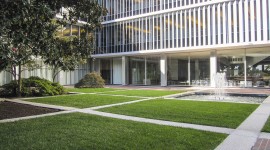Pioneer Information
Diman was born to a middle-class family in New Bedford, Massachusetts. After attending public schools, she enrolled at the Lowthorpe School of Landscape Architecture in Groton, Massachusetts, in 1920, graduating in 1923. She then worked for a series of landscape architects, first in Boston with Harold Hill Blossom and then in New York with Ellen Shipman, Annette Hoyt Flanders, and Louise Payson. Diman joined the New York City Department of Parks in 1934. She was promoted to supervisor of the Landscape Division in May of 1939, having worked on plans for the 1939 World’s Fair in Flushing Meadows, New York, among other projects.
Diman accepted a position with the architecture firm of Skidmore, Owings & Merrill (SOM) in 1944. She would remain with the firm’s New York City office until her retirement in 1967, leading the landscape department and contributing to high-profile commissions, such as the Albright-Knox Art Gallery in Buffalo, New York, and the Lyndon Baines Johnson Library and Museum in Austin, Texas. She also worked on academic campuses, including that of Smith College, the Cummings Arts Center at Connecticut College, and Chapel House at Colgate University; and several corporate campuses, including the headquarters for Connecticut General in Bloomfield, Connecticut, Union Carbide in Eastview, New York, the Ford Motor Company Administrative Center in Dearborn, Michigan, the H.J. Heinz Research Office in Pittsburg, Pennsylvania, and the Reynolds Metal Company International Headquarters in Richmond, Virginia. Diman also designed the landscape for the personal home of SOM principal Gordon Bunshaft at Georgica Pond in East Hampton, New York. After retiring from SOM, she reportedly moved to California for a time. She died on December 5, 1991, at the age of 90 and is buried in Forest Hill Cemetery in Madison, Wisconsin.








